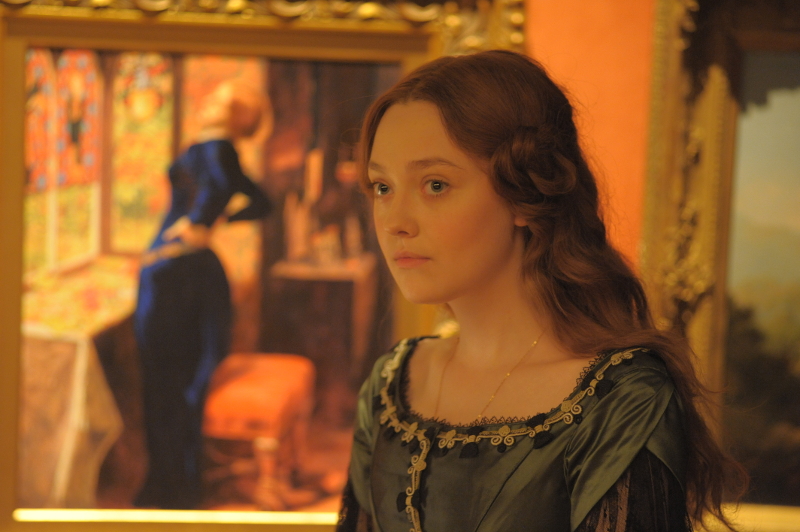Director – Richard Laxton – 2014 – UK – Cert. 12a – 104m
****
The eponymous heroine marries art critic John Ruskin who then fails to consummate their relationship – in Virtual Cinemas and on VoD from Monday, April 19th and BD/DVD Special Collector’s Edition from Monday, May 31st
The real life story of Effie Gray provides a fascinating footnote to an episode of English art history. At age 19, she married ascendant critic John Ruskin but for reasons we shall probably never fully know, their sexual relationship was never consummated and she had the marriage annulled six years later. Meanwhile, she had got to know Pre-Raphaelite painter John Everett Millais through Ruskin, marrying him a year after the annulment. Effie’s second marriage was to prove a much happier affair and she bore John eight children.
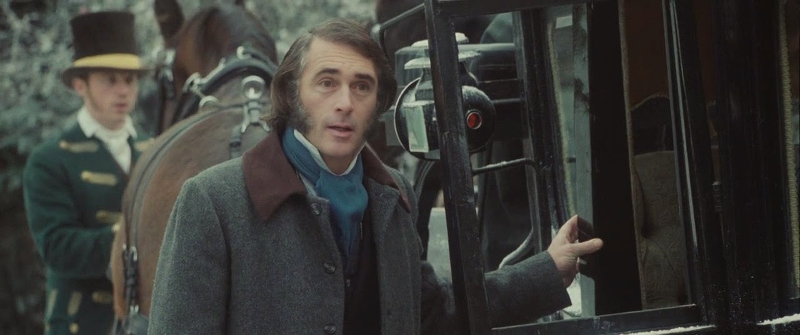
The story has been dramatised numerous times, mostly either on radio or screen, as well as the odd stage play, short story or novel. Emma Thompson’s slow and deliberate screenplay may be the first time the story has been put on the big screen in a full length feature (one of the very first adaptations was the silent short The Love Of John Ruskin, Van Dyke Brooke, 1912).
However much the films’ publicists may wish for it to be a pot-boiler about marital infidelity and sexual passion, that’s not really what it is at all. Rather, it’s a heart-rending study of a decent and honest woman in a desperately unhappy and unfulfilling marriage who can’t see any obvious way out. When one presents itself, she takes it.
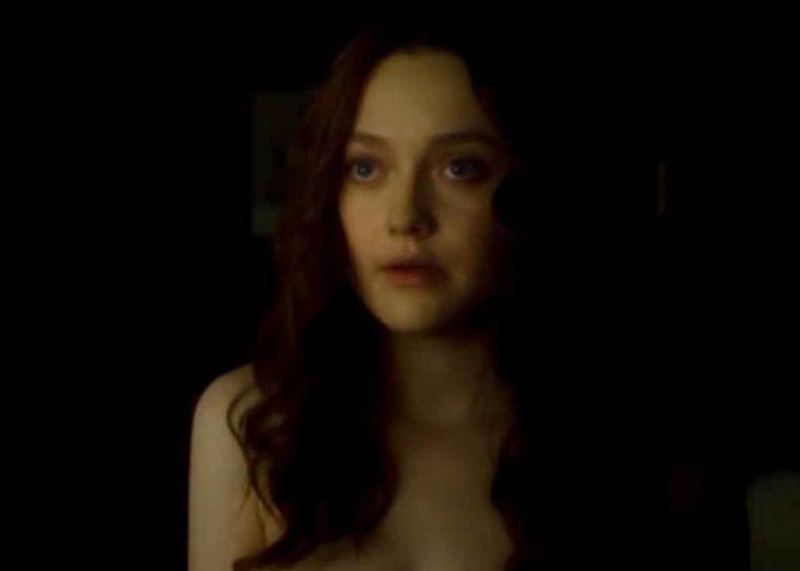
Dakota Fanning carries the film as Effie. Her performance as the unfulfilled wife is pitch perfect and, like so much else about this film, beautifully understated. Ruskin is written as distant and Greg Wise plays him as a cosseted rich boy who has never had to worry about money and is instead being groomed for Victorian social success by his over-protective parents (Julie Walters and David Suchet). His championing of the Pre-Raphaelite Brotherhood and in particular Millais (Tom Sturridge) has led to the artist’s, as he puts it, being taken out of his garret.
The difference couldn’t be more marked between the Ruskin family home in London’s Denmark Hill, where John lives under his parents and seems to want for nothing, and Millais’ cramped and untidy London lodgings where whatever economic hardships he might face, he is very much his own man.
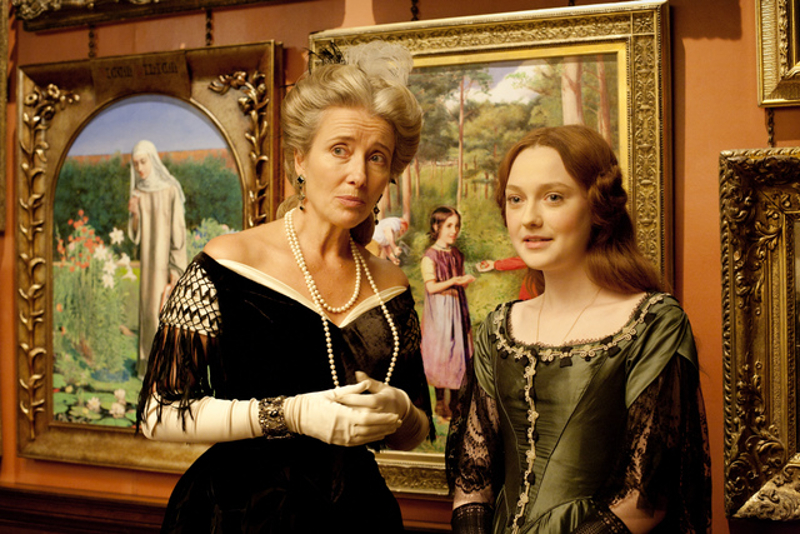
Further contrast is provided by Royal Academy President Sir Charles Eastlake (James Fox), a traditionalist struggling to be open-minded about art and move with the times, and Lady Eastlake (screenwriter Thompson) who takes Effie under her wing sensing her to be a smart woman capable of making an impact in the male-dominated world of art. Newcomer Polly Dartford impresses as Effie’s younger sister Sophie (rumoured in real life to have been involved with Millais in the period after that covered by the film when he and Effie were married) and Derek Jacobi is outstanding in what is basically a walk on bit part playing a lawyer.
As part of Ruskin’s championing of Millais, the latter is invited to Join the Ruskins in Scotland, where they are staying for reasons of Mrs. Ruskin’s health, which is to say that they have been advised by a doctor (Robbie Coltrane) that she needs time away from his overbearing parents and their overbearing household. The two men are ankle deep in the shallows of a river when Millais notices the light is exactly what Ruskin’s portrait needs, and thereafter begins to paint him similarly modelled beside a waterfall. It’s in this period of time that he and Effie begin to get to know each other, although there’s never the slightest suggestion of impropriety.
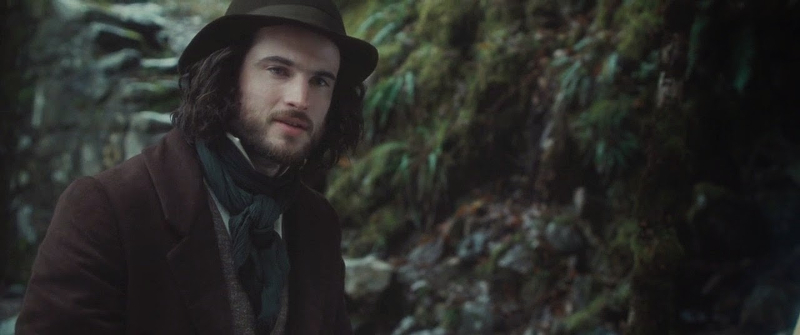
There’s something very refreshing about all this – it could so easily have gone the route of the emotionally churning potboiler, or equally easily have homed in on psychological sexual problems, but it takes a much more subtle approach than either of these and is arguably all the better for it. Director Laxton seems to have just the right feel for this approach, choosing his collaborators in cinematography, production design and music well.
In particular, cinematographer Andrew Dunn is afforded the opportunity to turn every frame into the equivalent of a moving Pre-Raphaelite painting, which is the film’s greatest asset, so much so that when sequences of images of Effie from actual paintings are cut into the film, they blend in seamlessly. Lots of films about artists aspire to this, but so few succeed that it’s a real pleasure to find one that does. If, like this writer, you can’t wait for art galleries to reopen following the pandemic lockdown this aspect of Effie Gray makes it well worth seeing.
Effie Gray is out in Virtual Cinemas and on VoD in the UK from Monday, April 19th and BD/DVD Special Collector’s Edition from Monday, May 31st.
Trailer:
